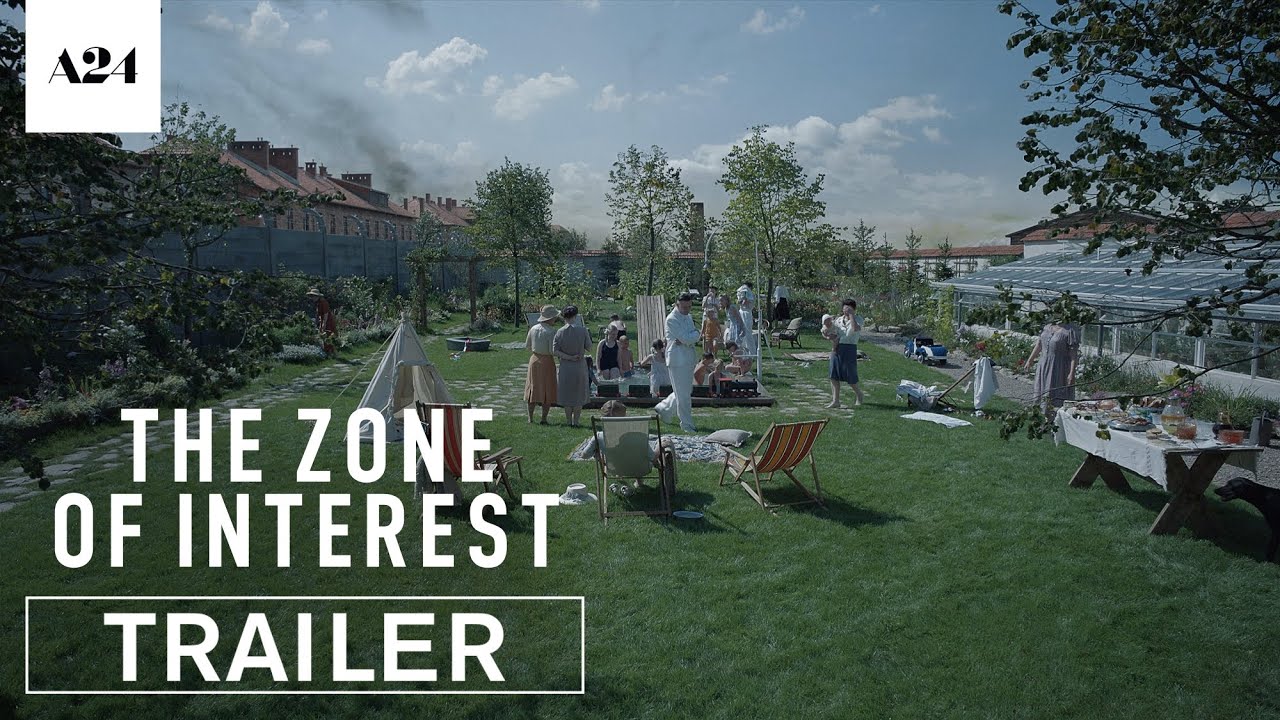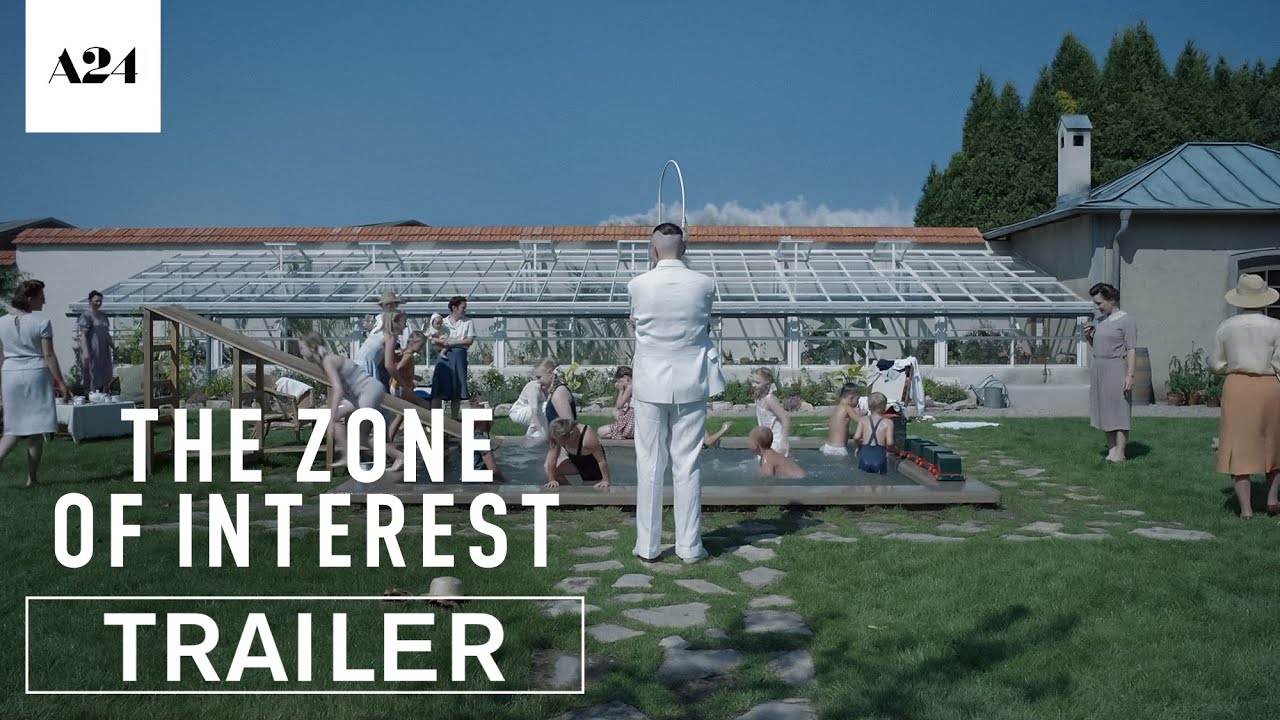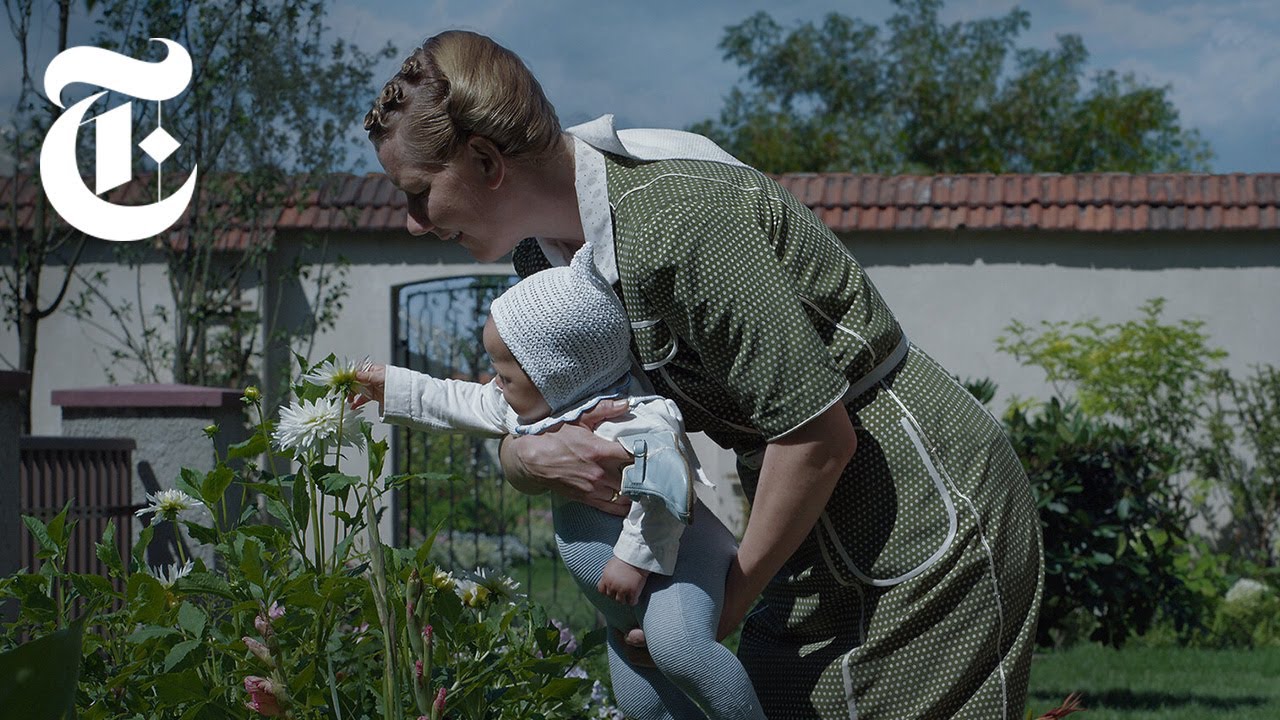War films hold a mysterious allure, embedding themselves into the very fabric of cinema. Jonathan Glazer’s stark and challenging film, “Zone of Interest,” shifts the narrative tone in a way that rattles audiences to their core. This film doesn’t just tell the story of war; it embeds itself in the chilling duality of human experience amid conflict, showcasing life alongside one of history’s most notorious concentration camps. Just when you think you know what a war story entails, “Zone of Interest” flips the script, daring you to explore the darker corners of moral complacency.
The Zone of Interest: A Comprehensive Exploration of War’s Complex Narrative
“Zone of Interest” challenges traditional tropes of heroism and glory reminiscent of classic films like “Saving Private Ryan.” Instead, it paints a portrait of horror that feels almost mundane. As you watch, you’re caught between disgust and a haunting understanding of how evil can become normalized. By focusing on a Nazi officer, Rudolf Höss, and his family, living a seemingly idyllic life next to Auschwitz, Glazer compels audiences to confront unsettling realities about humanity’s capacity for indifference. It’s horror not through blood and guts but through the insidious nature of everyday life juxtaposed with atrocity.
As we delve deeper into the key elements that make ‘Zone of Interest’ stand out, we uncover layers that challenge our perceptions of morality, storytelling, and the very nature of war films themselves.
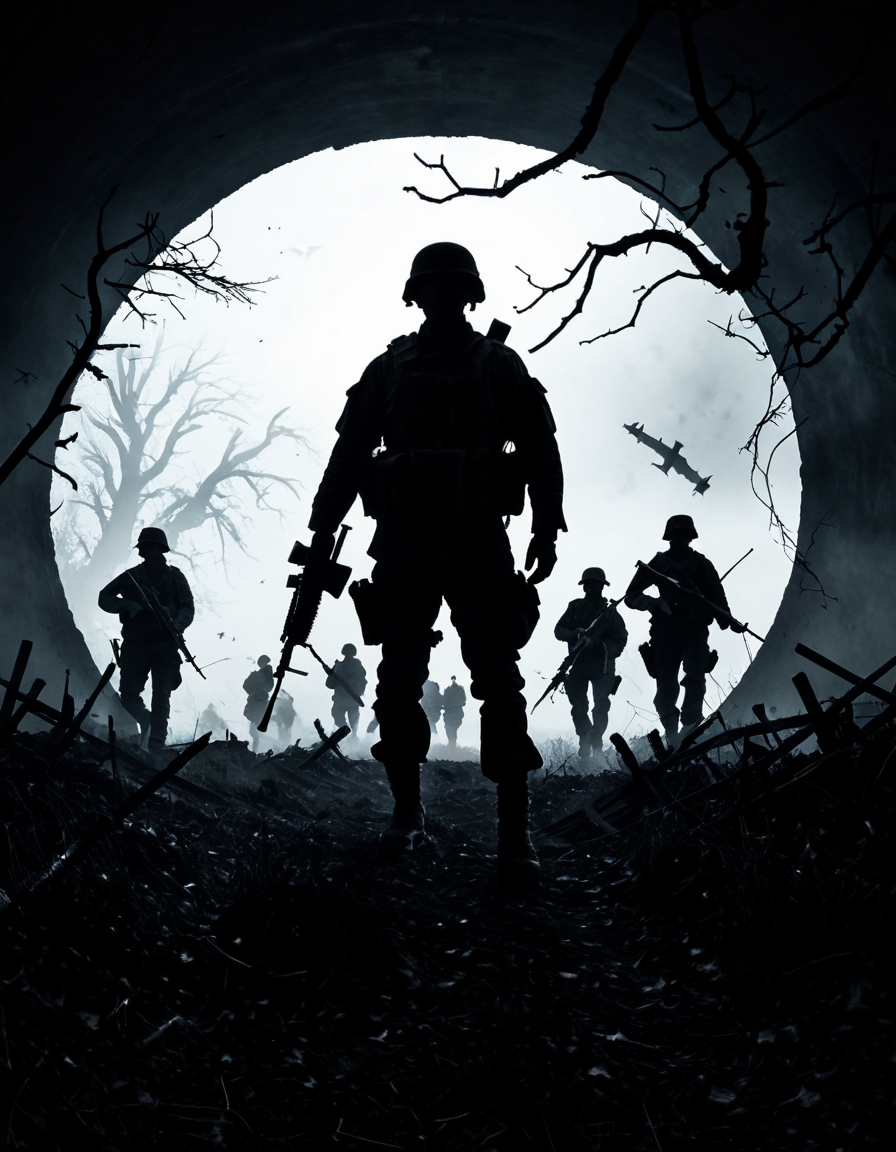
5 Key Elements That Make ‘Zone of Interest’ a Unique War Film
1. Realism and Psychological Depth
“Zone of Interest” immerses viewers in a startlingly realistic portrayal of evil. Glazer doesn’t play up the heroics; instead, he delves into the banality of evil, taking the horror of World War II and making it feel painfully ordinary. While others might hero-worship soldiers, this film digs beneath the patriotic facade. By doing so, it forces viewers to reckon with the chilling reality that those living nearby a horror, bystanders, can also embody a form of complicity.
2. Visual Storytelling: A Subtle Approach to Horror
One of the most striking aspects of “Zone of Interest” is its visual storytelling. Say goodbye to graphic violence—Glazer utilizes a minimalist aesthetic that asks us to fill in the blanks with our imagination. The serene domestic scenes of family life contrast sharply with the atrocities occurring just outside their windows. This approach makes the horror linger long after the credits roll. Unlike the intense war scenes in films like “1917,” where the battlefield threatens to engulf you, here, the dread simmers quietly.
3. Character Complexity: Echoes of ‘Person of Interest’
The characters in “Zone of Interest” aren’t mere archetypes; they resonate deeply, reminiscent of the Person of Interest cast. Rudolf Höss, the protagonist, embodies a chilling normalcy, leading us to question what lies beneath his surface. Unlike typical villains, he’s a reflection of humanity’s darkest capabilities. This complexity complicates the good-versus-evil narrative, forcing viewers to see both sides of a deeply troubling story.
4. Ambient Sound Design: A Tension Builder
Sound plays a crucial role in building the film’s atmosphere. Everyday sounds—children laughing, dishes clattering—are expertly layered with echoes of distant suffering. This contrasts reveals profound moral ambiguities and engages viewers’ senses. In a world where films often use loud explosions and dramatic scores to convey emotion, prioritizing ambient sound immerses you in a chilling reality. It’s a remarkable technique, drawing you deeper into the unsettling narrative.
5. Cultural Reflection: War’s Echo in Modern Society
Beyond its immediate setting, “Zone of Interest” serves as a contemporary mirror, reflecting our ongoing struggles with war and displacement. Much like how “Knocked Up” humorously navigates complicated relationships, Glazer’s film dares us to ask uncomfortable questions about complicity. It sparks crucial discussions about individual responsibilities in the face of systemic injustice.
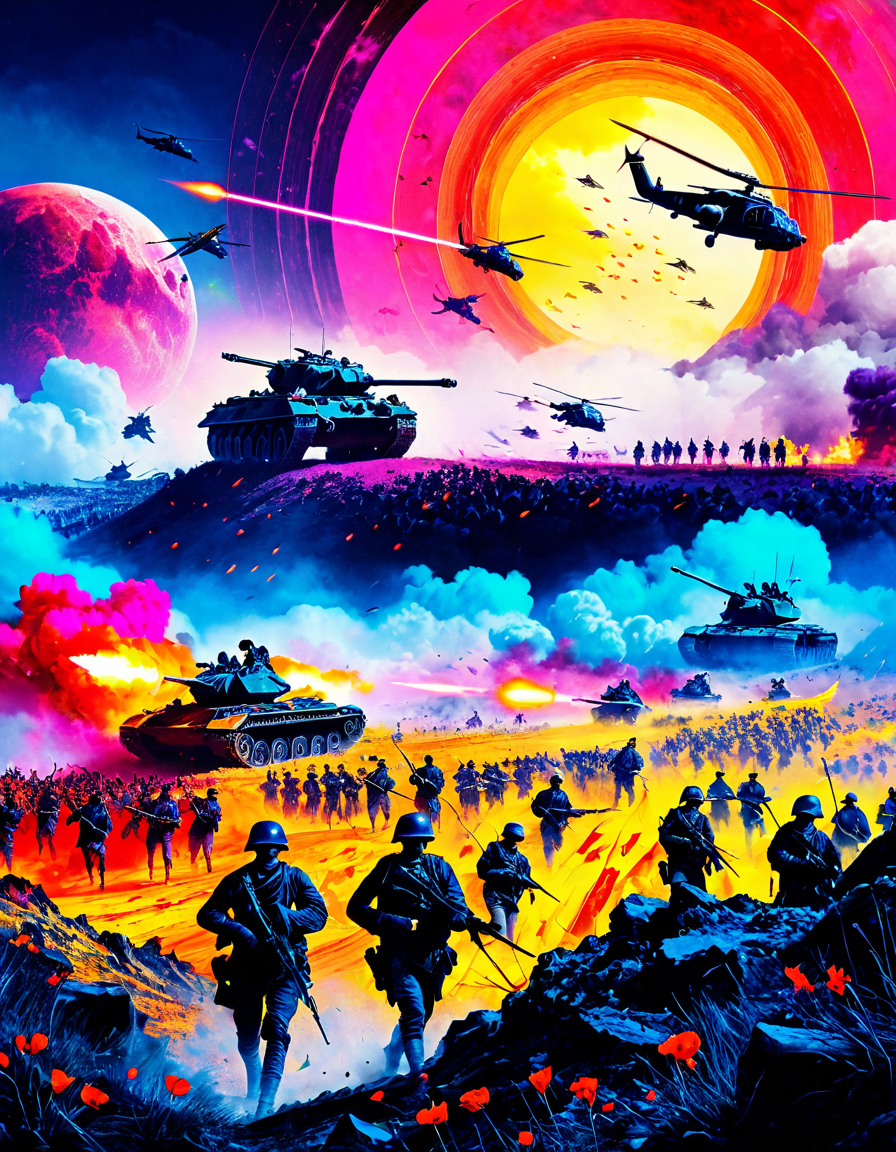
Innovative Perspectives on War in Cinema: A New Trend
“Zone of Interest” isn’t just a film; it’s a clarion call for a re-examination of how we portray war in cinema. Like powerful dramas such as “The Pianist” and “Schindler’s List,” it elevates the conversation around morality and human behavior. It pushes us to confront the uncomfortable truths of our societies through cinema.
As we dive into this bold new perspective on war, we recognize the importance of films like “Zone of Interest” in understanding our history and morality. It invites discussions that run deeper than the battlefield, challenging us to redefine our roles amidst the chaos. The haunting questions posed by this film linger in our minds: how far are we willing to go to challenge our own comfortable narratives? In an era where apathy is easily fostered, can we afford to ignore the lessons embedded in such narratives?
The film indeed redefines the war genre, presenting a poignant reminder that vigilance is essential in combating the currents of indifference that shape human history. As we move forward, “Zone of Interest” urges us to engage thoughtfully and critically with our own world. After all, today’s wars echo themes of oppression, neglect, and complicity, making it imperative for us to look beyond our personal zones of interest.
In a cinematic landscape filled with blockbuster hits and cult classics, “Zone of Interest” stands as a necessary counterpoint, pioneering innovative storytelling that provokes and disturbs, solidifying its place in the ranks of unforgettable films.
Zone of Interest: Engaging Trivia and Fun Facts
The Fascinating Background
“Zone of Interest” isn’t just a film; it’s an exploration of war’s chilling realities, delivered through a lens that feels both personal and expansive. Interestingly, the film’s unique perspective resonates with themes in well-known narratives like God a War, which showcases the psychological impacts of conflict. The production team drew inspiration from various sources, including the poignant music of Depeche Mode, which evokes emotional depth, and adds layers to the storytelling. You might not know this, but the filmmaker has a penchant for blending historical reality with artistic interpretation, much like how Lily Starfire showcases multifaceted characters against a backdrop of pain and growth.
A Look at the Cast and Crew
The talent behind “Zone of Interest” also brings a wealth of experience from different genres. Paddy Considine, known for his exceptional range, enriches the film with his nuanced performance. His journey in film has been marked by remarkable projects, including collaborations that span various industries. You’d be amazed at how versatile he is; his role in Bottle Girl shows a completely different side. Similarly, the up-and-coming actress and singer Grace Vanderwaal brings youthful vigor and emotional resonance that complements the narrative beautifully, reminiscent of the artistry seen in films like Unstoppable, where determination shines through adversity.
Cultural Impact and Discussions
The film has sparked critical conversations about morality, love, and conflict, making it a significant piece for cultural discourse. “Zone of Interest” aligns perfectly with discussions around addiction, as you’d find in the Nuway program, which highlights the struggles faced in modern times and the need for empathy. It’s fascinating to think about how stories like these have the power to resonate with audiences long after the credits roll. Not to be overlooked, the film contributes to broader discussions in film history, just like past classics such as One White street, which have dissected societal norms and expectations with a sharp lens.
In a nutshell, “Zone of Interest” is not just another war film; it’s a compelling narrative that explores the human condition within the context of conflict, reminding us of the price of war, much like the indelible stories told across different mediums.


